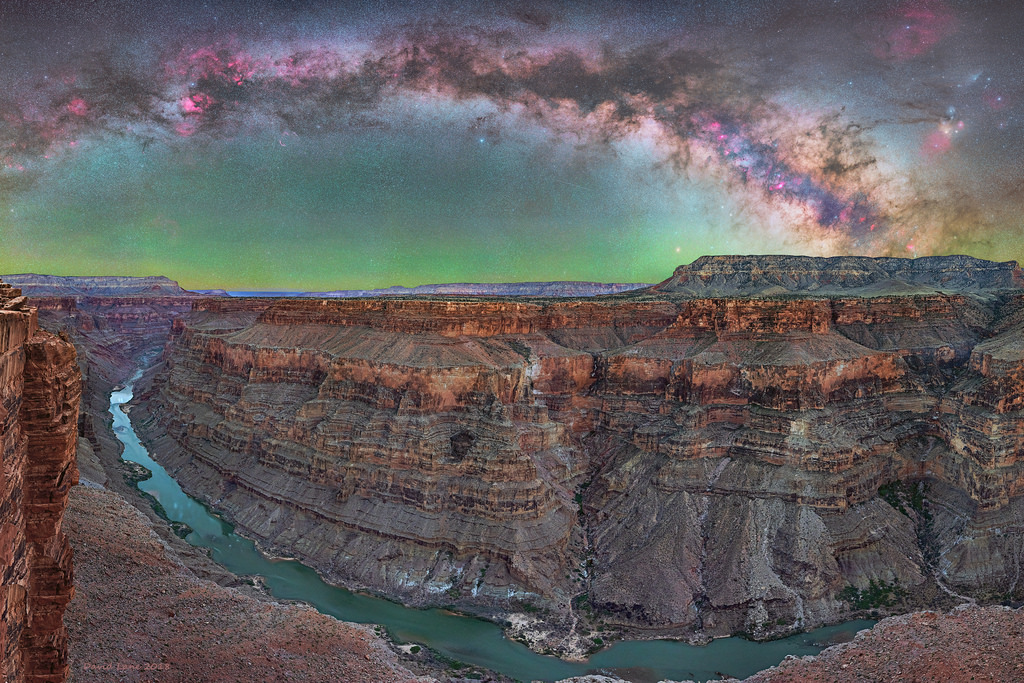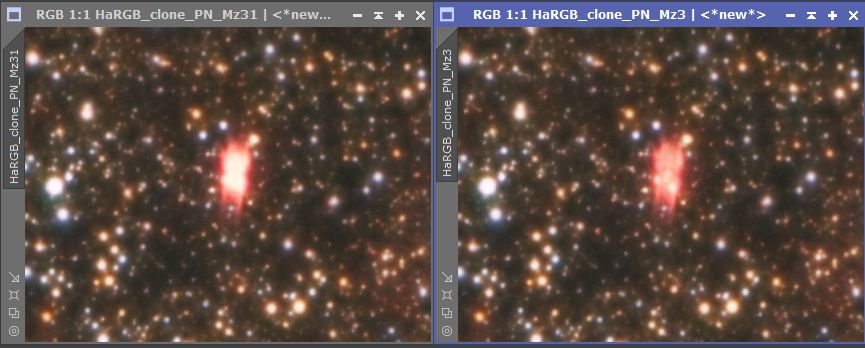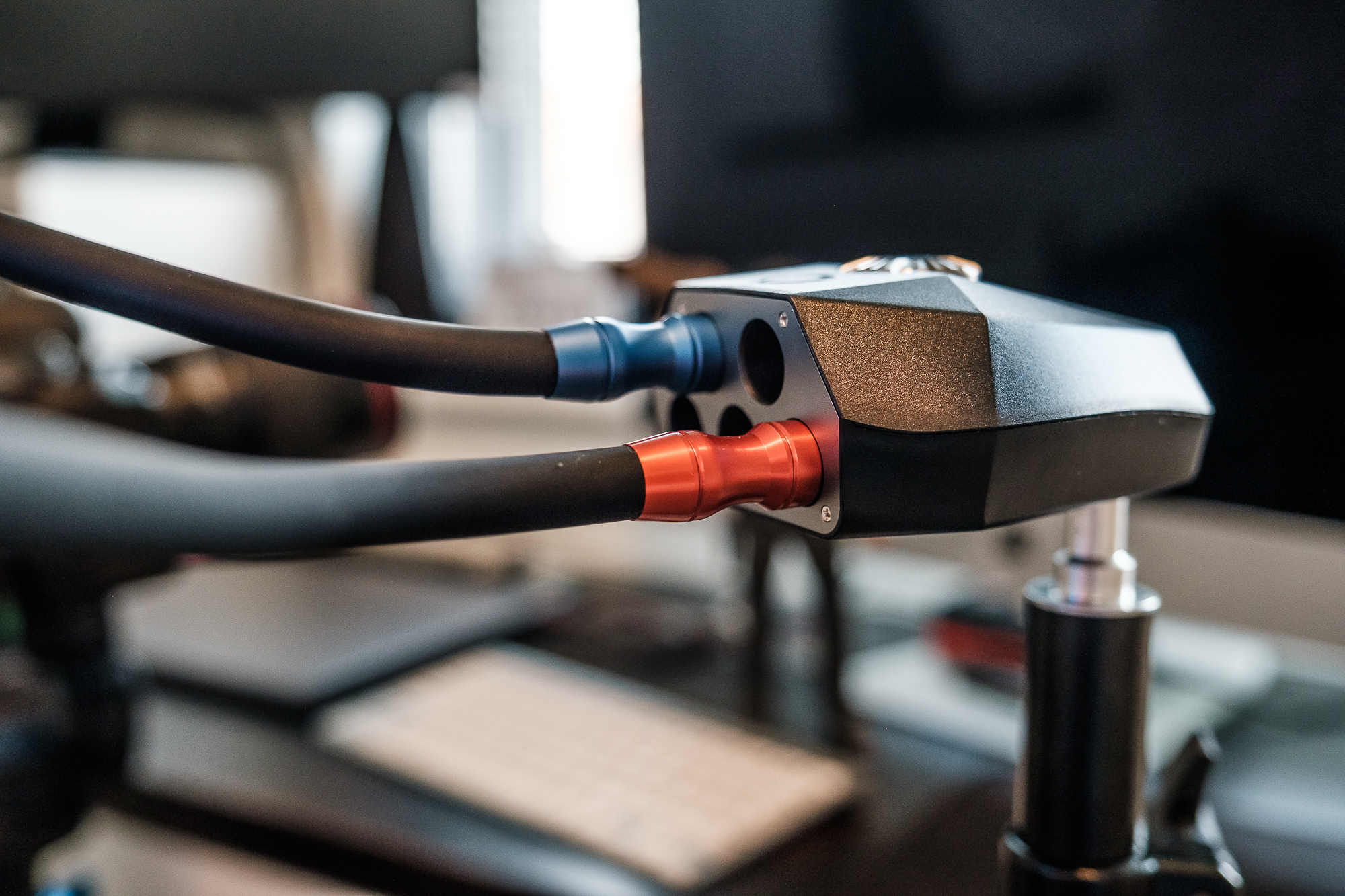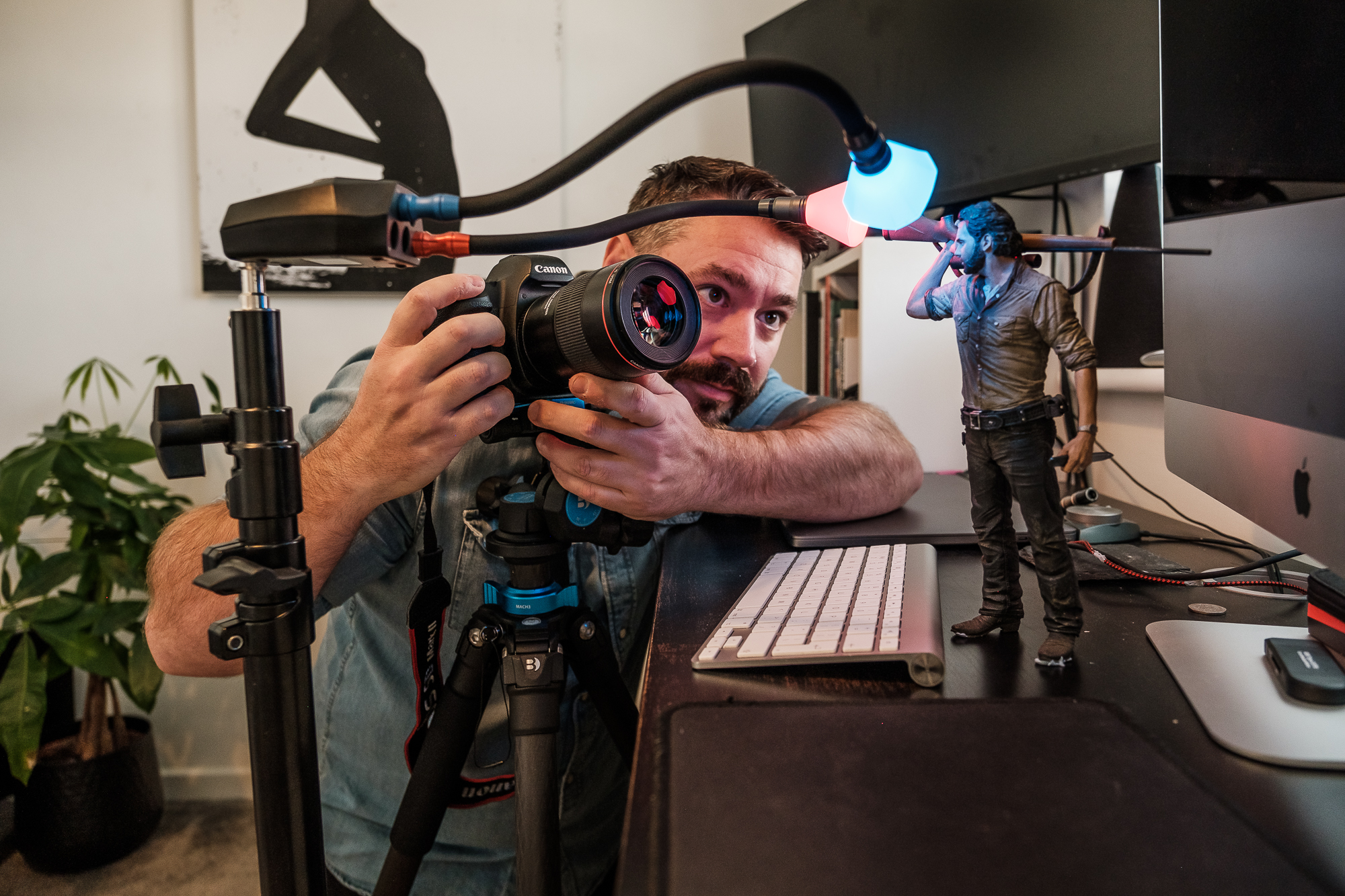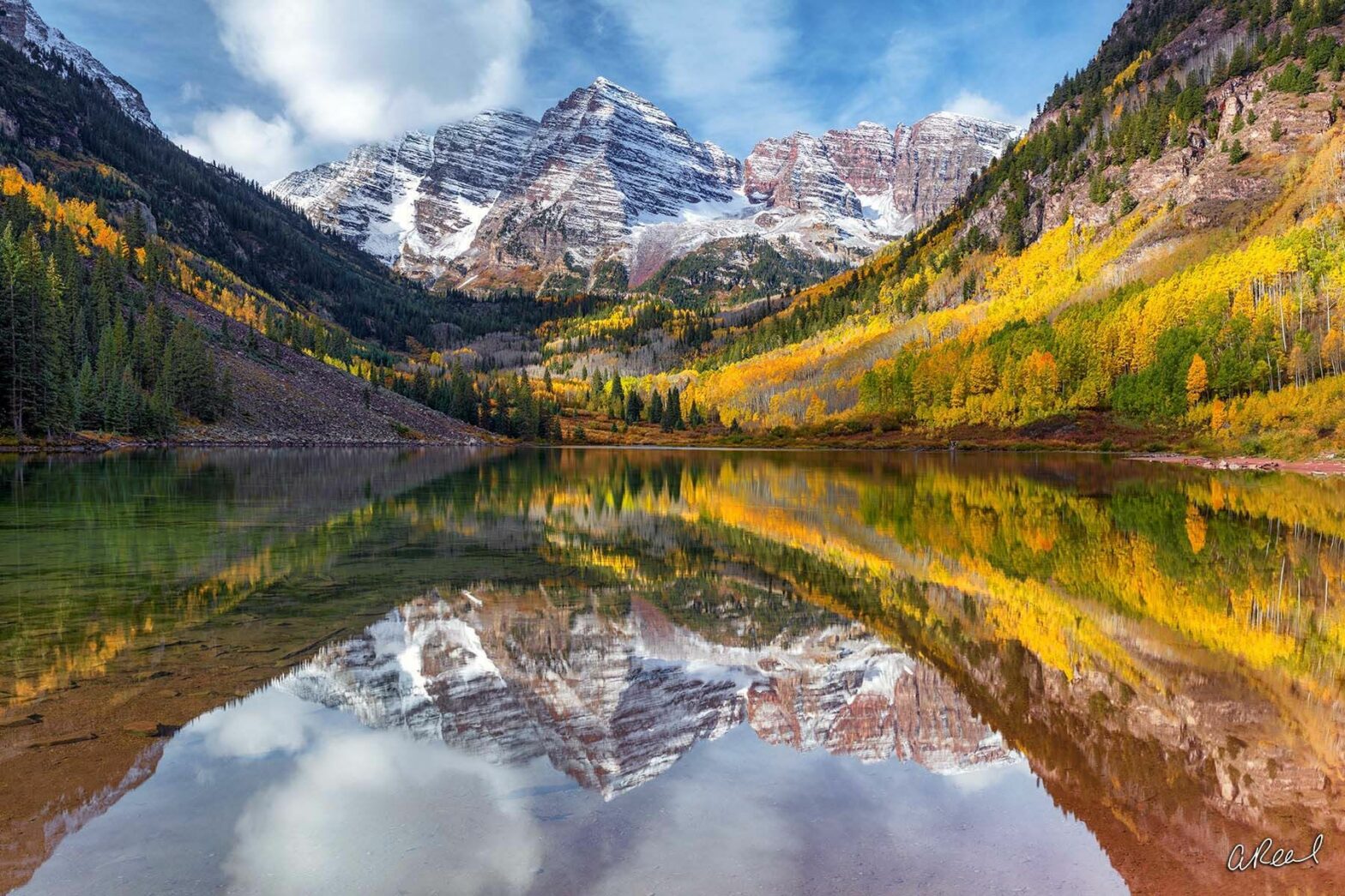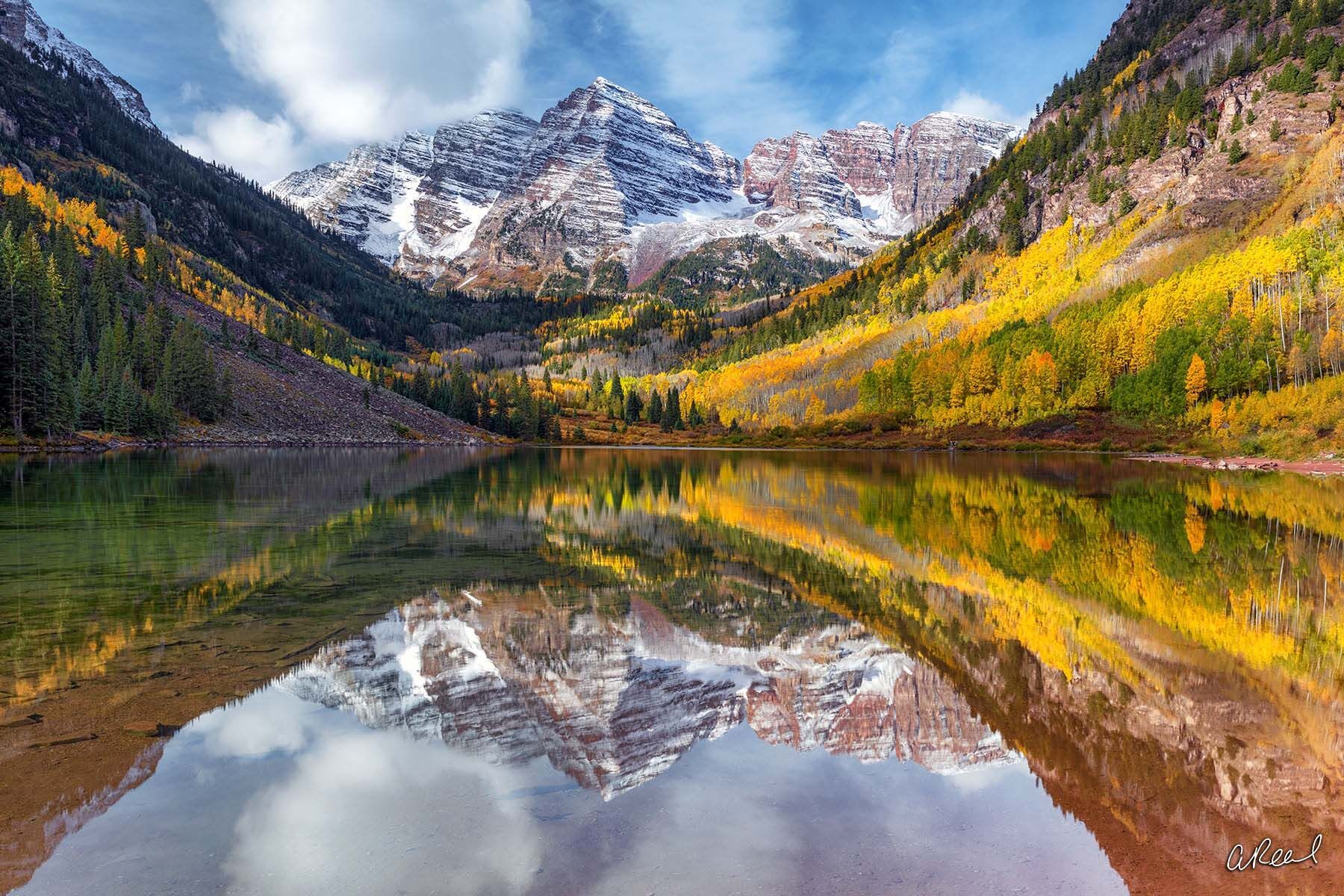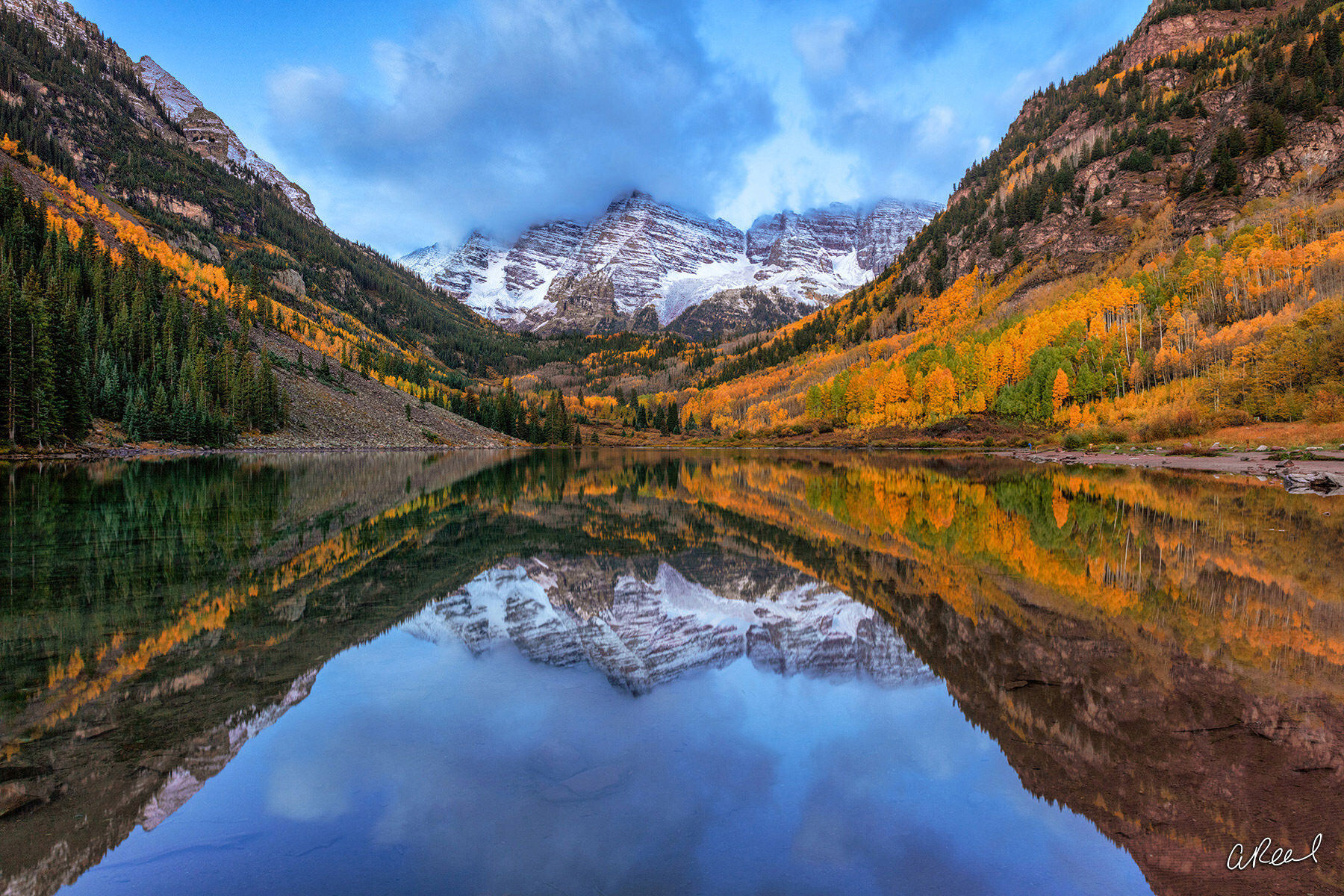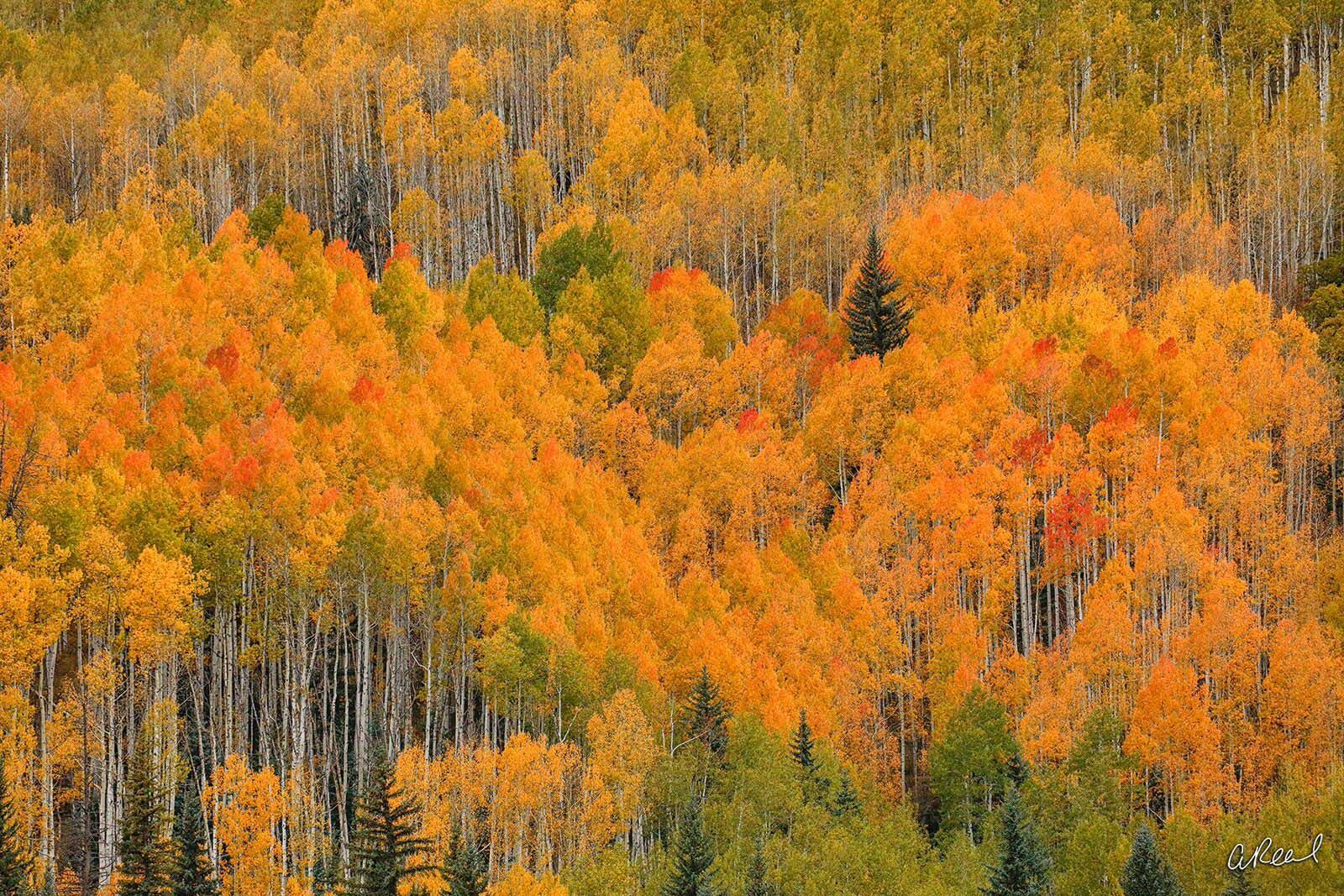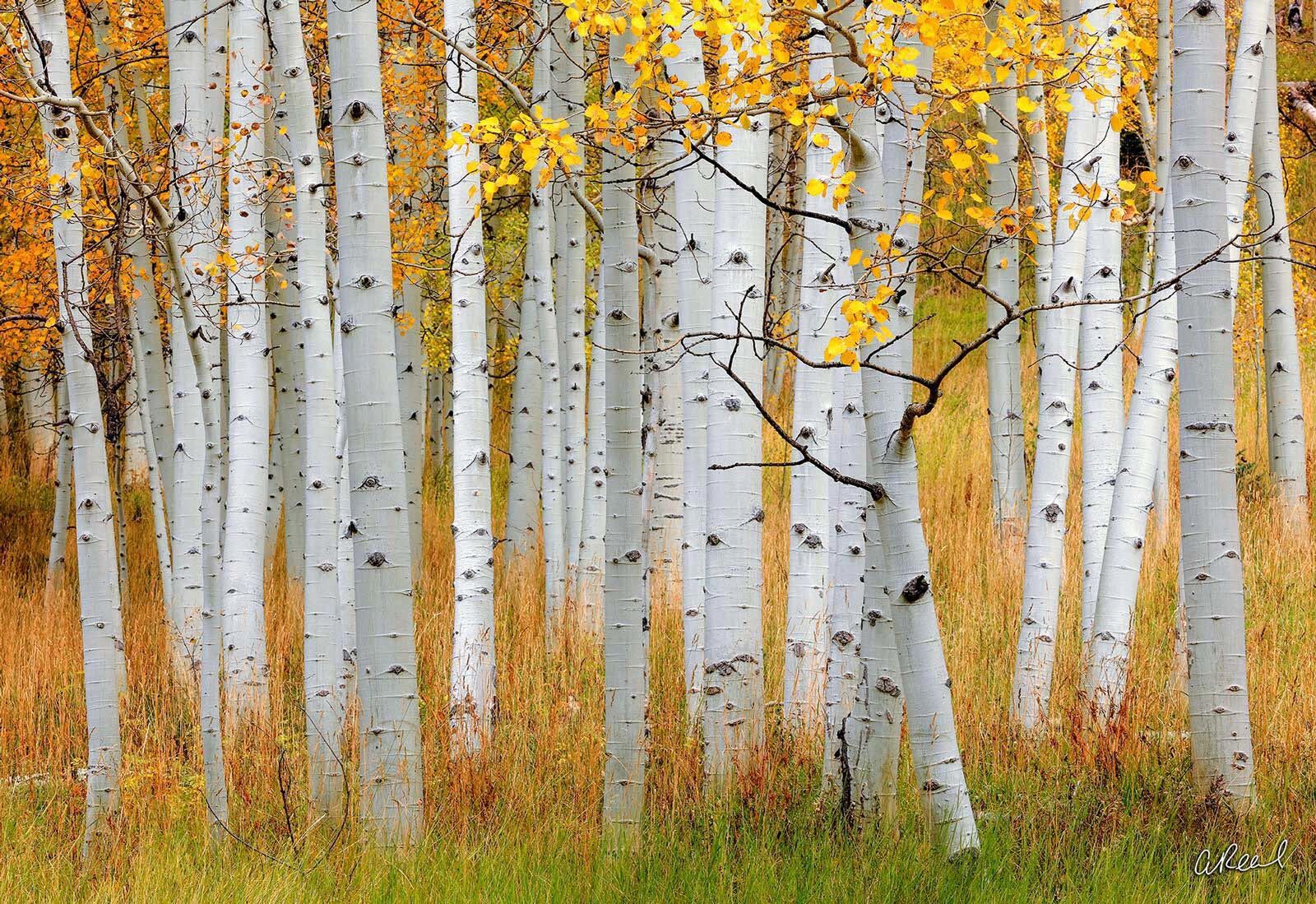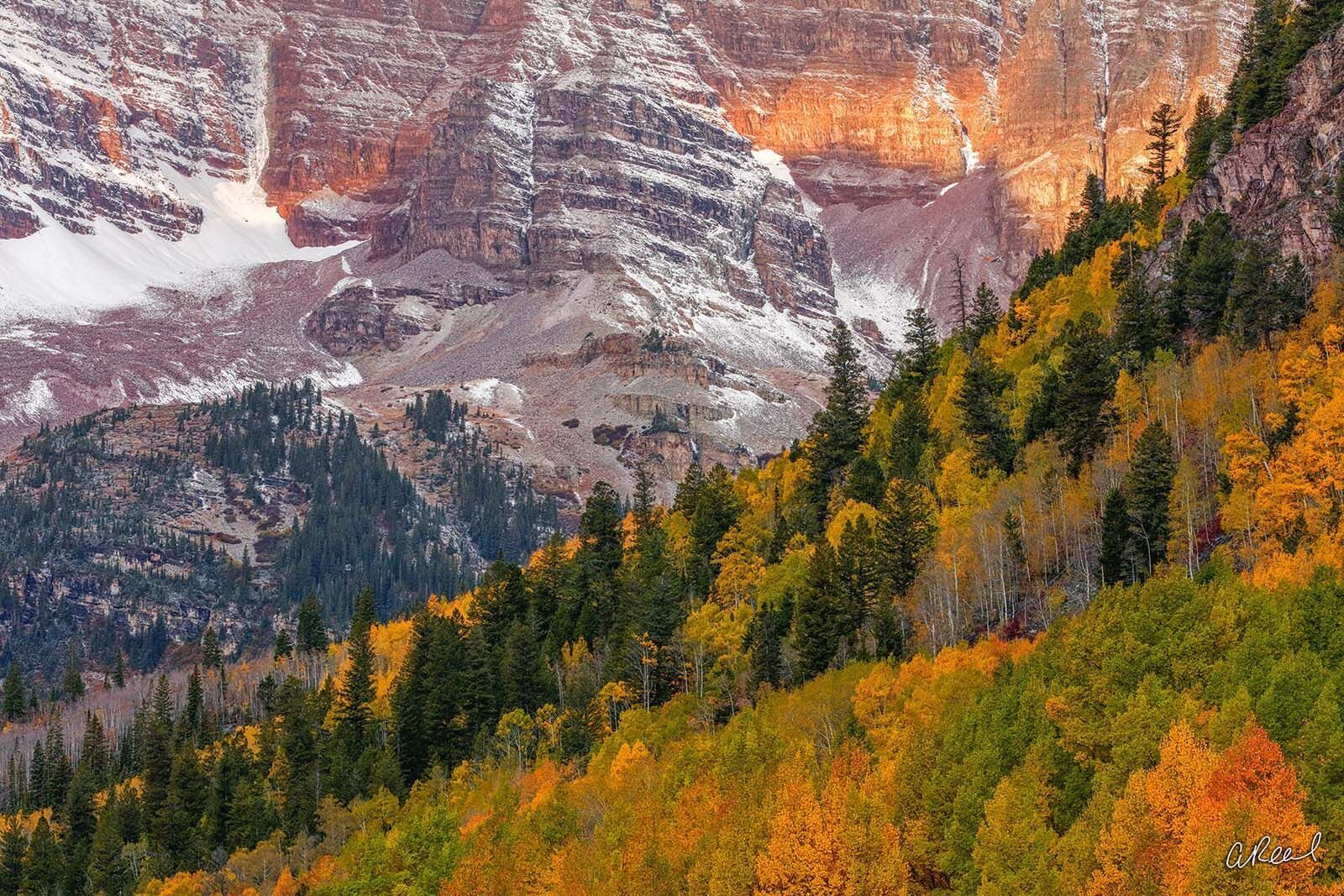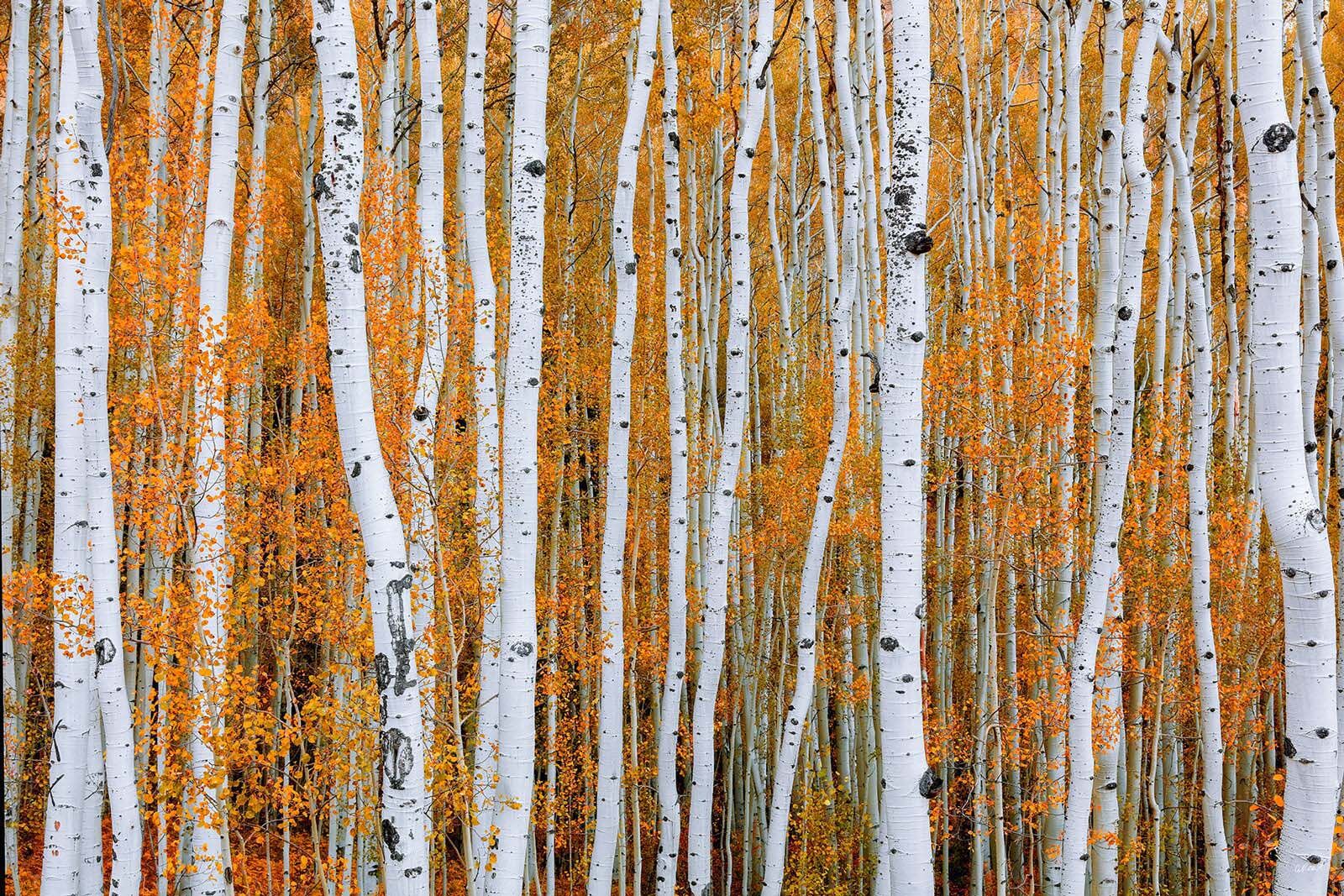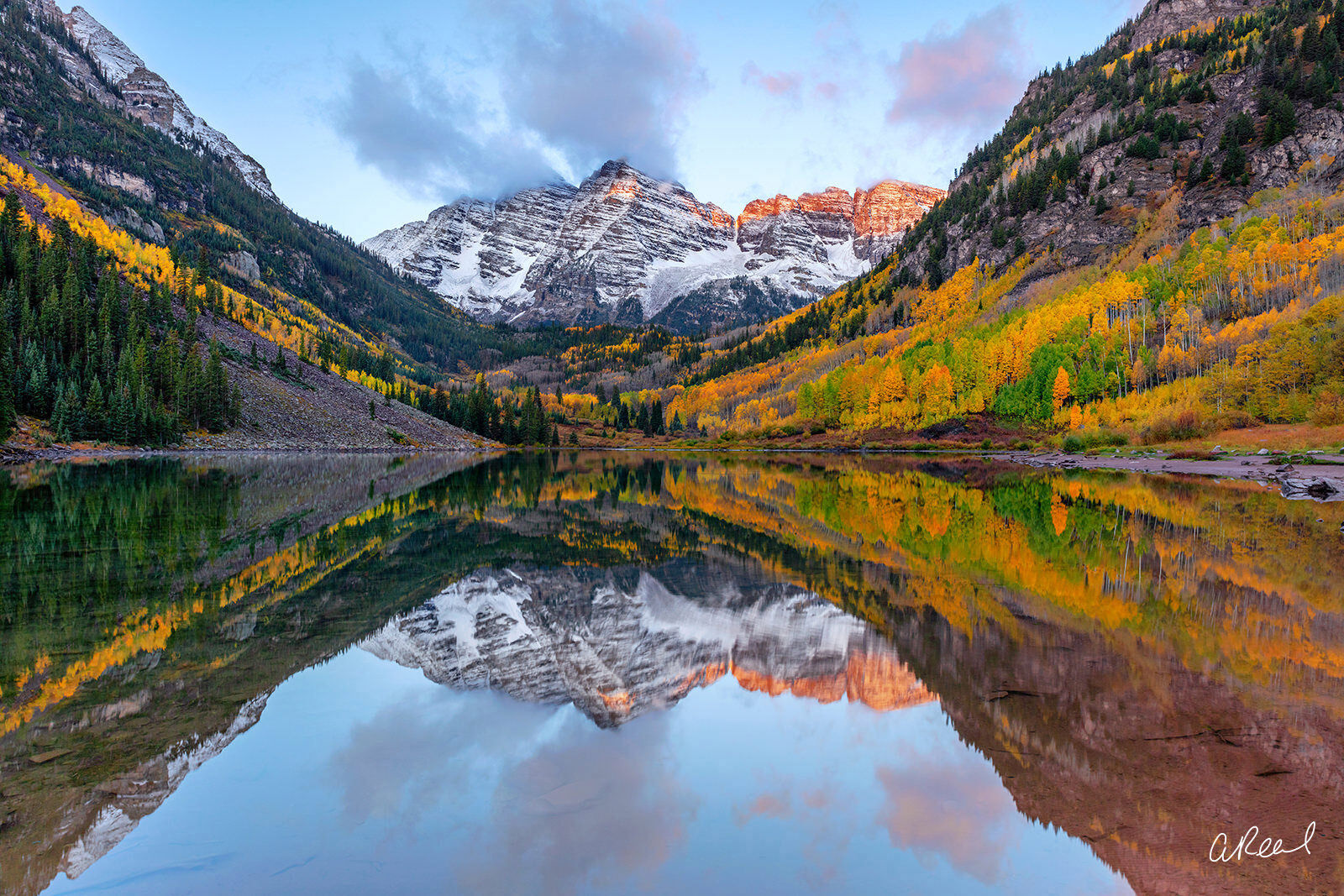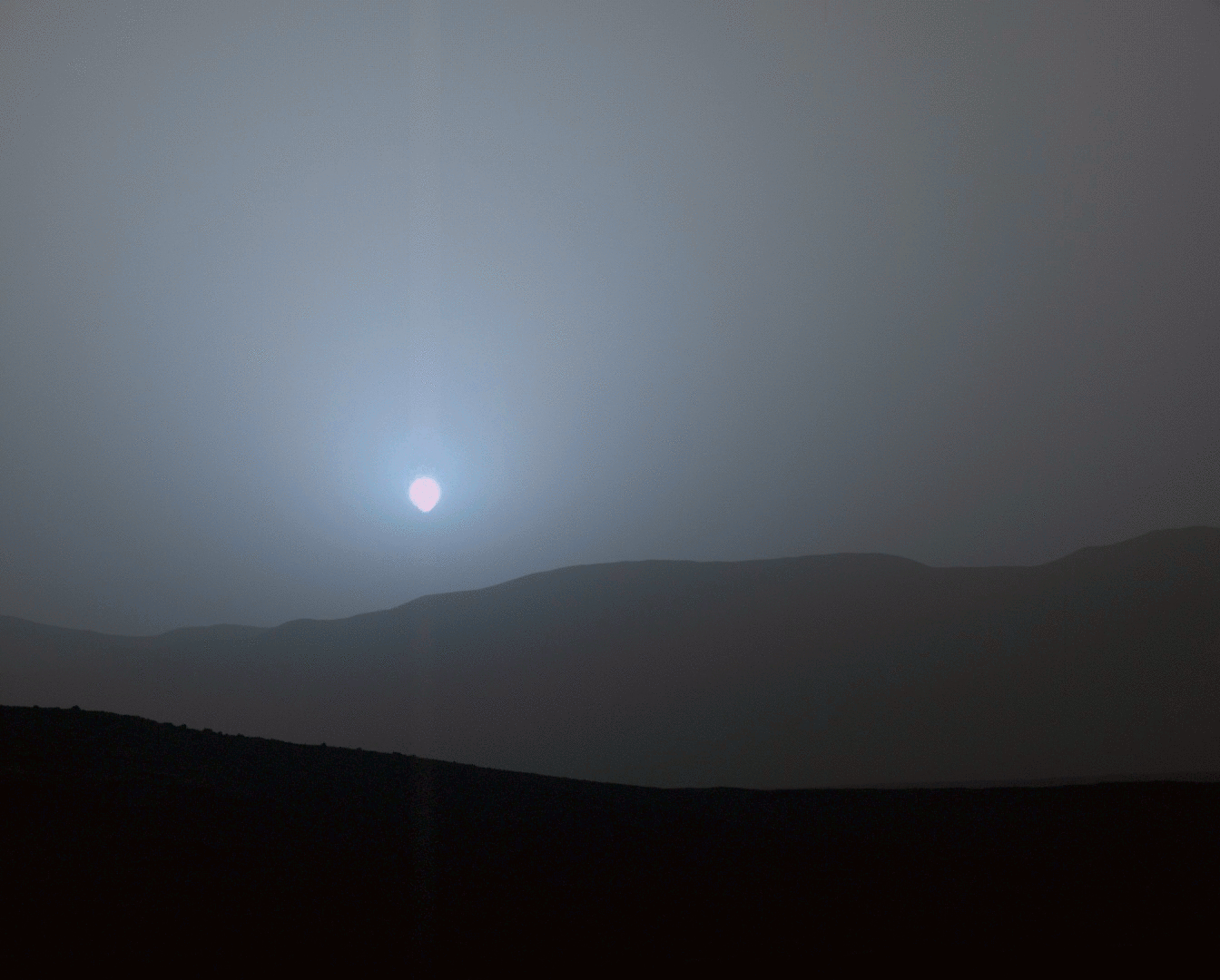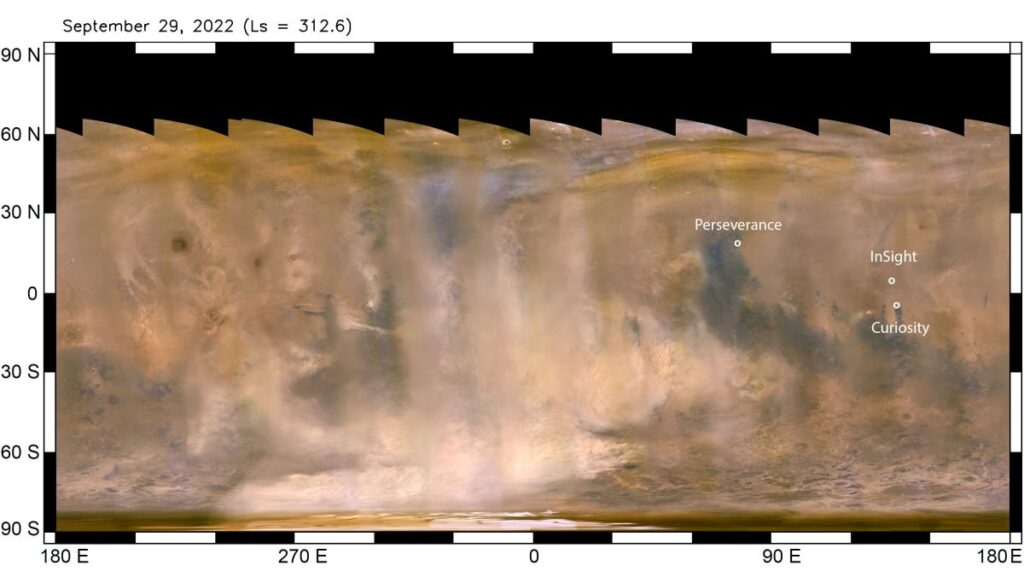October 4, 2022
Town, country or coast, capture the best autumn has to offer. We speak to three photographers for their practical advice on shooting Autumn landscapes and capturing amazing colour
Liam Pearson

Liam is self-taught and loves wandering around London and the English countryside with his camera. Having created his social media sites 18 months ago to showcase his photography, he is rapidly gaining recognition. See his website here and @lundonlens.
I bought my first DSLR back in 2015 and took photography up as a hobby. I’d spend hours on YouTube getting to know my camera and soon became hooked. I then started shooting for London Fashion Week, capturing street style fashion portraits, and it wasn’t long before my work was published in magazines and online. Another passion of mine growing up was history and geography and I soon began to incorporate this into my photography.
Being that autumn is my favourite season, I love to capture historical buildings and scenes across the country during the fall. There’s something magical about the colours and light at this time of the year. I really enjoy being on my own and exploring is my meditation. Even if traditional landscape photography isn’t your forte or, if like me, you live in a built-up area, don’t let that stop you from documenting what this wonderful season has to offer.

Image: Liam Pearson
Textures
I love to find buildings with textures. Bricks, thatched roofs or stonewalls have more character than a generic glass office block. Try capturing buildings in morning or evening sun as the light will shine horizontally across them and highlight the textures. Even having the shadow of trees dappling a boring-looking building will make a difference.
Be respectful
When taking photos of cottages, or any type of building for that matter, you must remember that these are people’s houses and businesses. Don’t stand around for ages shooting frame after frame and fiddling with your camera. Try to get your settings right before you shoot the subject, then go in and get a few shots and go. Sometimes whilst I’ve been out in villages I’ve got speaking to the owners whilst they were in their gardens and they happily let me capture their home. Some love it, some not so much, so always just be careful and have respect.
Trees and foliage
For me autumn is all about the trees. Their colour and silhouettes are nature’s models to photograph. For me, it’s best to frame a shot with foliage, get down low and into angles that are uncomfortable, in order to achieve something unique. Having the sunlight behind the trees, especially on misty mornings, will give you those amazing rays, bursting through the trees.

Image: Liam Pearson
The early bird
Early mornings in the autumn are far more civilised than summer with the sun rising much later. With the morning light low in the sky and dew giving scenes that extra dimension compared to the middle of the day, it’s a fantastic time to shoot. Being an early bird also makes it easier to get around in built-up areas as there are fewer people and fewer cars on the streets, which typically create unwanted distractions in your pictures.
Explore by foot
When I’m in London I hardly ever use public transport unless to go further afield, instead I’m always walking. The number of hidden alleyways, buildings and houses I’ve found by just getting lost or walking is amazing. Try going a different route to the shops or perhaps get off a stop earlier if using public transport and walk the rest of the way, and you may be pleasantly surprised.

Image: Liam Pearson
Keep shooting
Be prepared to take lots of shots throughout the day. I often take 400-500 images in a morning-afternoon walk and only ten might be good enough. Scenes change rapidly, from the weather and light, to people or cars appearing in the frame. Sometimes it only takes a couple of seconds for all the elements to come together to create that special shot you’ve been waiting for, too slow and you miss it!
Benjamin Graham

Dedicated thalassophile, devoted campervan man and enthusiastic tutor, Benjamin was overall winner of UK Landscape POTY in 2017. He lectures, is a group leader with Light & Land and teaches photography at West Dean College of Arts and Conservation near Chichester. See his website here.
In my experience, the majority of landscape togs spend most of their contemplation time in the summer (with its dastardly 3am starts and 11pm finishes…) pining not just for the colours of fall but also for the more civilised shooting times the season offers. As I write this in mid-September, the sunrise is 06.45 and sunset 19.10. So, whether you typically shoot the beach or the beech, those are for sure rather more civilised hours.
And, much as I adore the coast all year round, the autumnal countryside is a super-compelling reason to leave the seaside behind for some alternative views. Autumn presents the most ephemeral period of amber, ochre and gold; and is a season in which, before we head out into the mist, our thoughts once more turn to neoprene gloves, woolly hats and Gore-Tex underpants… Or maybe that’s just me that last one.

Image: Benjamin Graham
3:2 aspect ratio
You can use the 3:2 aspect ratio in the vertical format with your woodland shots. While typically suited more to a horizontal orientation, this aspect ratio, natively common to a lot of digital cameras, usually tends to seem uncomfortably tall in ‘portrait’ shots. In woodland, however, with its repeated vertical forms it seems to work a treat, implying height and emphasising parallel lines.
Look up
A counter-point to the previous woodland tip, use the converging verticals of the trees thrusting into a twilight sky to your advantage and shoot a diagonally-dynamic, gazing-straight-up shot.

Image: Benjamin Graham
Keep watch for mist and fog
Use a weather forecast app to look for low or, better still, zero wind and for humidity levels of over 97%; this should get you some of that elusive dawn fog that does wonders for mystifying both woodland and urban environments. Also, for woodland, if you can, get out before the first violent gales of the season that can, in a matter of hours, strip the vulnerable amber foliage from the branches.
Use long lenses
We’re talking 100mm to 200mm, or longer to isolate patterns and details (those are ‘full’ 35mm frame suggestions; your mileage may vary). While there are exceptions, wider angles tend to include too much sky that can cause bright distractions in your woodland shots. If you’re down the beach in the autumn, a wide angle will be just dandy though.

Image: Benjamin Graham
Research and reccy
Like all landscaping, you can get lucky now and again but there’s no substitute for studying the weather and doing a location reccy beforehand. Explore places in broad daylight so, when you return in the dark for that early shoot or towards the end of the day to watch the sun go down, you can find your parking spot and know your way to your shooting position.
Shoot wide open
Experiment with shallow depth of field in the woods. The blurry background will help give the image a sense of mystery and depth and will isolate foreground trees and foliage.

Image: Benjamin Graham
Get creative with your autumn landscapes
Try panoramas, intentional camera movement (ICMs) or multiple exposures of trees overlaid with leaves or texture images. Give your gear a wiggle. Vertical movement tends to work in the woods, horizontal at the beach. But there are no general rules. Just have a play.
Jeremy Walker

Multi award-winning Jeremy has built a solid reputation as one of the UK’s leading landscape photographers. A former Nikon Ambassador, he is currently a LEE Filters Master and Zeiss Ambassador. Visit his website here or @jeremywalkerphotography
The season of ‘mists and mellow fruitfulness’ as Keats wrote, is well and truly upon us. I love crisp, misty autumnal mornings. In fact, I love autumn; it is my favourite time of year for shooting landscapes. The early morning excursions in pursuit of an elusive veil of mist or woodland shrouded in a cloak of foggy secrecy certainly get the photographer’s pulse racing. Crisp carpets of autumnal colour, nature’s finest details etched with a heavy frost and sunbeams dancing across a forest floor are all there for the taking, as long as of course you don’t mind an early start and a bit of cold discomfort.

Mist filled valley at sunrise in autumn. Yorkshire, England. Image: Jeremy Walker
Pine forests
We all think of autumn as being about deciduous trees and forest floors covered in autumnal colour but pine forests and mist or fog go well together. Yes, you do not get the foliage colour but you do get strong shapes and patterns formed by the trees, especially as the mist lingers and wafts through the forest. Pine trees are also good for shooting early morning golden beams of sunlight as they pierce the forest canopy.
Waterfalls and rivers
Think about introducing some blur and motion to an autumnal image to help add some mood and atmosphere. An exposure of a second or two achieved with a LEE Filters Pro Glass Neutral Density filter will be enough to gently blur a fast-flowing river for that little something extra. Working near fast-flowing water can be a bit dodgy at the best of times but in autumn there is an increased chance the rocks will be damp or even icy so extra care should be taken.
Use a long lens
Landscapes are not just about big views and wideangle lenses. Isolating a single component of a landscape such as an autumnal tree or taking a small section out of a much grander view can often work well on a long lens. A longer lens will also compress the perspective and give the image a slightly different look and feel to it which is perfect for looking into distant layers such as mist, trees and hedgerows. Of course, we do not all have access to super-long telephotos but the longer end of a 70-200 zoom will do a very good job.

Oak tree in a misty meadow and farmland at sunrise. Image: Jeremy Walker
Shoot into the light
Don’t be afraid to shoot into the light. Backlighting can really emphasise colour, shape, shadows and texture. If you are shooting a woodland scene on a bright crisp day, try to partially hide the sun behind a branch or dense foliage. This will help to reduce the chances of flare and knock the exposure of the sun back slightly. Look for foliage that has already started to turn yellow or golden but is not too thick or dense – backlighting will make the leaves glow.
Indoor still-life
As an alternative to the big outdoors why not try to convey the feeling of autumn as a still life? Not everyone can rush out to shoot a misty morning or traipse around a foggy forest. No need for specialist lighting kit as window lighting will work. If the light is too harsh try placing tracing paper over the window to soften the quality of the light. For props, the supermarkets will have autumnal fruit and veg.
Mist and fog
Find locations that attract mist and keep returning as it will be different every time. Low-lying, damp locations near rivers or sheltered valleys are a good starting point but you will start to get a feel for a location if you visit often enough. Check the Ordnance Survey maps for your area and walk the paths. Once you have found your spot try to shoot into the light. Mist is at its best backlit, glowing and beaming.

Pumpkin and butternut squash in a rural barn. Image: Jeremy Walker
Set the shot up on location
If you have found a great location and all the elements aren’t quite working for you, give Mother Nature a helping hand. If you have a wonderfully textured log background and need the right leaf in the right place, why not move things into position? When frost is forecast you will not be able to move anything in the morning as you will damage the delicate frosted structures so you will need to set up your composition the night before.
Focal point
Autumn is all about colour, early morning mists and cold crisp frosty mornings. But your image can be about more than just trees and golden leaves. Have a focal point that is not necessarily about autumn. A church, castle or village that sits in an autumnal landscape can help convey a real sense of time and place. Have a focal point or subject that enhances and adds to the scene and makes the image more than just another autumnal landscape.

Autumnal leaves back lit. Image: Jeremy Walker
Micro autumn landscapes
Not everyone has immediate access to the countryside so try to shoot autumn in your back garden or yard. A simple macro lens of about 105mm is perfect for the casual close-up photographer. Look for simple subjects, plant details, leaf structure, frosted spider’s webs and dew drops on grass. Clean lines, shapes and textures work best. The look of your subject matter can often be helped with the use of a reflector – a sheet of white paper will do the trick.
Further reading
Best UK locations for capturing Autumn landscapes
Get great autumn wildlife shots
Our best-ever landscape photography tips



